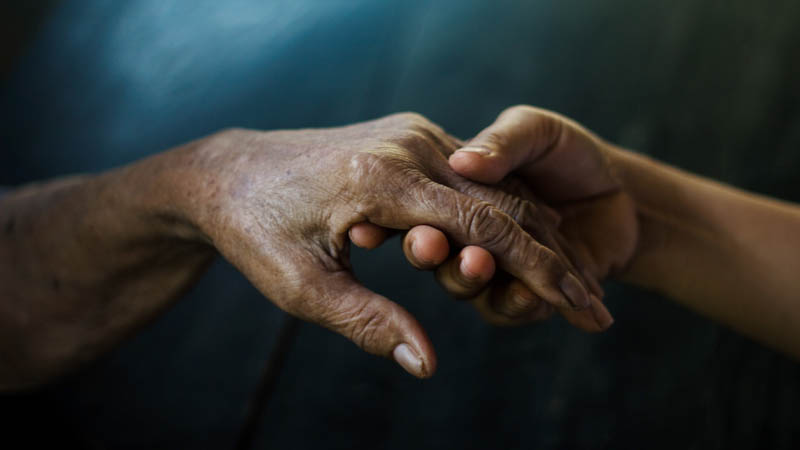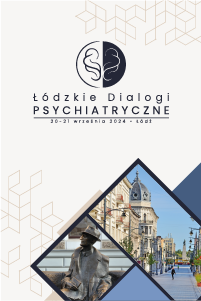Sexual orientation and eating disorders: exploring the possible link
Jakub Kuna1–3, Tomasz Sobów3
 Affiliacja i adres do korespondencji
Affiliacja i adres do korespondencjiThis paper is aimed at investigating the potential connection between the prevalence of eating disorders and sexual orientation, as well as to exploring the nature of the possible relationship. For that purpose, results of studies found in digital databases were searched and analysed. Such a link has been found to exist, yet its character is difficult to determine due to limited data, problems in classifying patients’ sexual orientation, or collecting honest answers to sensitive but crucial questions. Most studies on the subject have been conducted in the USA and, rather predictably, mainly among women. Higher incidence rates were found in non-heterosexual men and bisexual women. It is not clear if homosexual women are more susceptible as well. It may be a result of being exposed to unique risk factors, such as common body image dissatisfaction, fear of coming out, or falling a victim to bullying. The lack of family support among sexual minorities also seems to be a significant factor – not only regarding the development of eating disorders but their effective treatment as well. This knowledge may be helpful in the prevention of eating disorders, making clinical examination more accurate and facilitating adjustments of therapy for people with eating disorders. Further research is needed, including more eating disorders and sexual orientation groups.




















